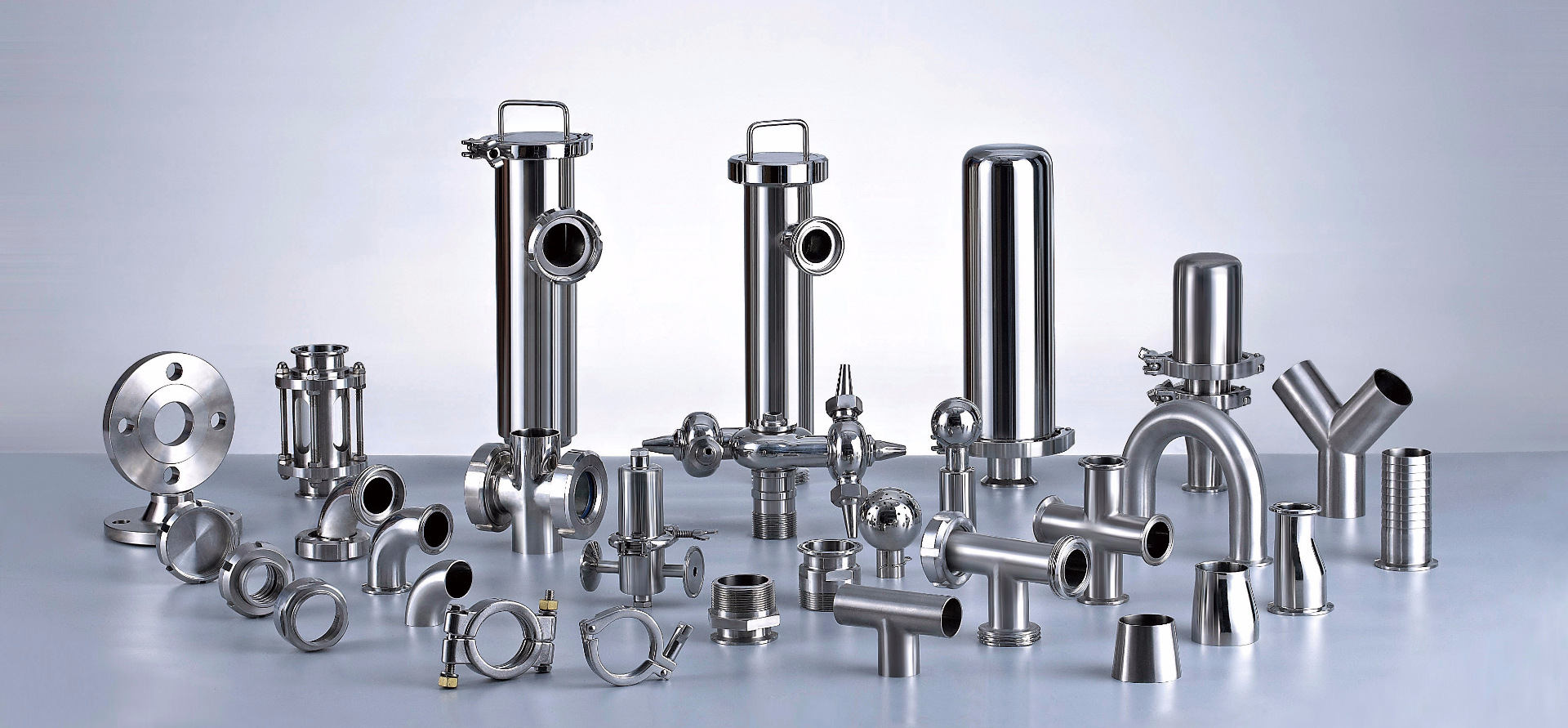Clean in Place (CIP) was born out of the high cost and inconsistency of manual cleaning in tuyaux en acier inoxydable et robinetterie sanitaire. It automates your cleaning process and ensures that your pipework remains ultimately hygienic.
What is Clean in Place? Automated System Cleaning!
Clean in Place (CIP) is an automated cleaning method. It cleans the internal surfaces of pipes, vessels and equipment without dismantling them.The CIP system recycles cleaning solutions. These solutions remove product residues and contaminants.
Key Benefits of Clean In Place
CIP automates the cleaning cycle. Significantly reduces labour costs and minimises the risk of manual handling.
Automated cleaning ensures consistent results, eliminating human error and ensuring hygiene and reliability.
CIP reduces worker exposure to harsh chemicals. It minimises the risk of confined spaces, creating a safer working environment.
CIP’s faster cleaning cycles get equipment back up and running sooner, maximising production time.
CIP effectively reaches all internal surfaces. It removes biofilm and contaminants and prevents cross-contamination.
Principles of Clean In Place: The TACT Circle!
The basic principle of in-situ cleaning is the TACT circle. This concept, developed by Dr Herbert Sinner, outlines four key factors. These factors work together to achieve effective cleaning.
- Time: The longer the duration of the cleaning cycle, the more effective the cleaning.
- Force (mechanical): The physical scrubbing action. This action comes from turbulence and jet impact.
- Chemical: Type and concentration of cleaning agent. Common ones are acids, corrosives and disinfectants. They break down dirt.
- Temperature: The heat of the cleaning solution. The higher the temperature, the faster the chemical reaction. They increase the solubility of the soil.
Stages of a Typical Clean In Place Cycle
| Stage | Purpose | Action |
|---|---|---|
| Pre-Rinse | Remove loose debris | Water flushes system |
| Caustic Wash | Remove organic soils | Hot alkaline solution circulates |
| Intermediate Rinse | Flush caustic | Water flushes system |
| Acid Wash | Remove mineral deposits | Acid solution circulates |
| Final Rinse | Remove acid | Water flushes system, often purified |
| Sanitization | Kill microbes | Sanitizer (chemical or hot water) circulates |
Ce que nous faisons
Key CIP System Components
| Component Type | Function | Role in Pipe/Fittings System |
|---|---|---|
| CIP Tanks | Store cleaning solutions | Hold detergents, rinses, sanitizers |
| CIP Pump | Circulate cleaning fluids | Ensures turbulent flow in pipelines |
| Heat Exchanger | Heats cleaning solutions | Maintains optimal cleaning temperature |
| Spray Devices | Distribute cleaning solutions | Clean internal surfaces of vessels |
| Soupapes | Direct flow, isolate sections | Control flow path through pipe network |
| Sensors | Monitor temperature, conductivity | Ensure correct cycle parameters |
| Piping Network | Connects all equipment | Transports cleaning solutions |
| Control System | Automates cycle, monitors | Manages entire CIP sequence |
Materials for CIP Systems: Stainless Steel is Key!
Materials used in clean-in-place systems must be able to withstand harsh conditions.
- 304L Stainless Steel: Commonly used in general CIP systems, it is resistant to many cleaning solutions. It has a low carbon content and good weldability.
- 316L Stainless Steel: Preferred for corrosive CIP solutions, resistant to chlorides. Resists pitting corrosion et corrosion par crevasses.
- Surface Finishes: Electropolished surfaces are common to create ultra-smooth surfaces. Prevents bacterial adhesion and improves cleanability.
- Sanitary Design: All components must meet sanitary requirements. This includes stainless steel fittings. They must meet 3-A sanitary standards.
Vous voudrez peut-être aussi lire :
Standards for Cleanliness. Your Guide to Flawless Hygiene!
Master System Sterility with CIP and SIP Knowledge
Nous contacter
- RM901 No.22 Tangjiaqiao Road Wenzhou Chine
- +86 577 8551 1171
- [email protected]
- https://www.kaysuns.com/



